Bek Air Trial: Crash Exposes Forged Medical Records and Cost-Cutting Culture
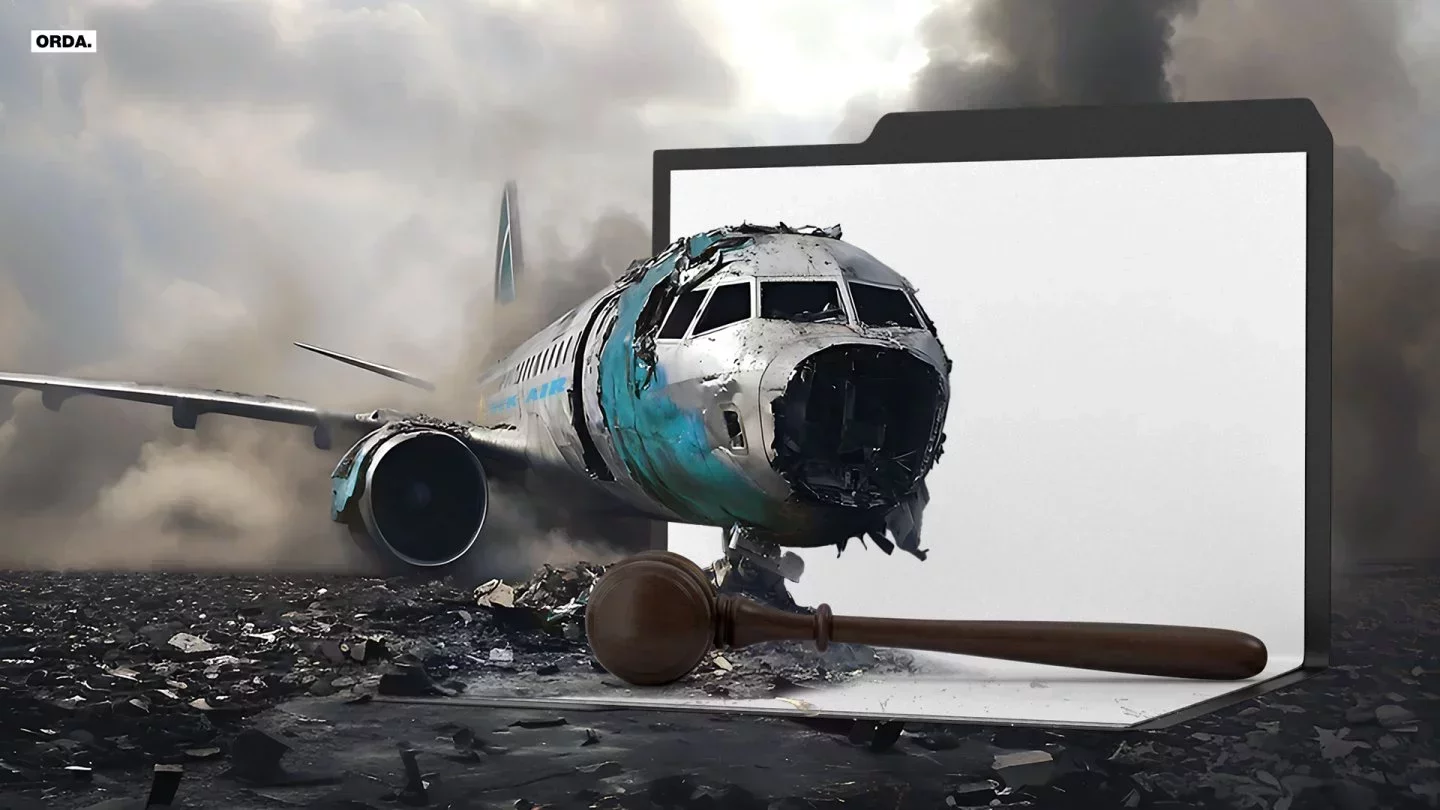 Photo: Orda.kz
Photo: Orda.kz
Why did airline pilots hide chronic illnesses from their employer and aviation inspectors? Who was responsible for de-icing a passenger aircraft? And could the passengers who died have experienced forces up to 1,000 times gravity before their deaths? Orda.kz investigates.
The Turksib District Court of Almaty is hearing the criminal case against the deceased Bek Air pilots, Marat Muratbayev and Mirzhan Muldakulov, who were at the controls of the Fokker 100 that crashed near Almaty on December 27, 2019. The disaster claimed 12 lives, and the case was investigated under Part 3 of Article 344 of Kazakhstan’s Criminal Code — “Violation of safety rules for the operation of air transport resulting in the negligent death of two or more persons.”
Although the defendants’ bench is empty, two defense attorneys represent the accused. Opposing them are a victim’s representative, a state prosecutor, and a transport prosecutor.
Together, they are trying to reconstruct what led to the tragedy six years ago — and who is to blame.
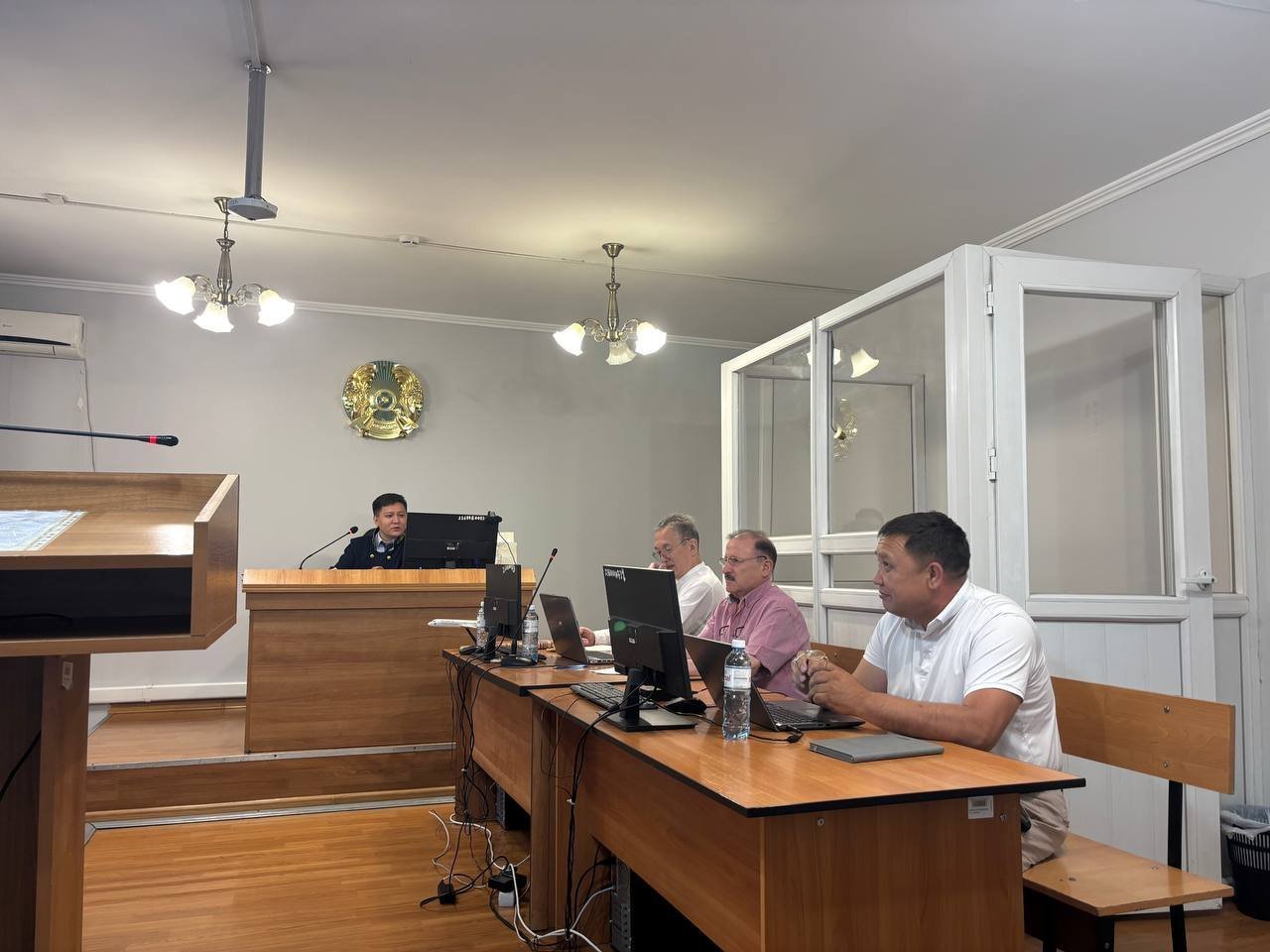
Main Theory of the Investigation
On the morning of December 27, 2019, the Bek Air Fokker was scheduled to fly from Almaty to the capital. On board were 93 passengers and five crew members.
During takeoff, the aircraft lost altitude, smashed through a concrete barrier, and plowed into a two-story house under construction. Twelve people died, including Captain Muratbayev; 69 others were injured.
Co-pilot Muldakulov died a month later at home from a pulmonary embolism.
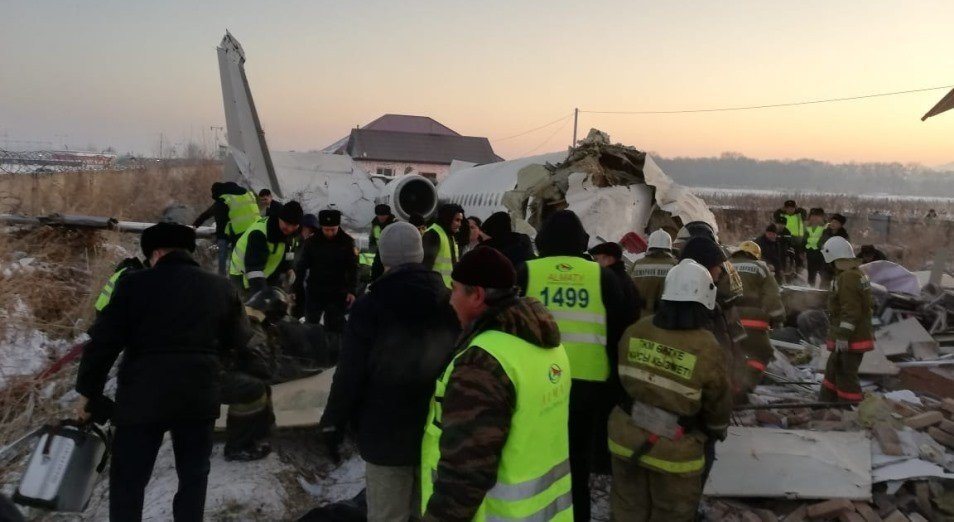
For five years, Kazakh media closely followed the investigation, which examined multiple theories — from improper weight and balance, technical failure, and wake turbulence from another aircraft, to bad weather and pilot error.
A government commission concluded the cause was “asymmetric loss of wing lift during takeoff,” with icing as the primary suspect. The aircraft had been parked for nearly two days, during which ice formed on its wings and tail.
Captain Muratbayev decided to de-ice only the stabilizer, not the wings — a decision that harmed controllability. As Wikipedia says, “during takeoff, the aircraft touched the runway with its tail six times, the main landing gear four times, and the wing once.”
Immediately after the crash, Bek Air’s air operator certificate was suspended; on April 17, 2020, it was revoked entirely.
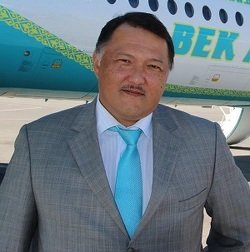
On January 14, 2020, Bek Air CEO Nurlan Zhumasultanov gave an interview to the host of Informburo on Channel 31. He agreed with the government commission’s main finding that icing could have been the cause of the Fokker crash.
Zhumasultanov explained that the decision to apply anti-icing fluid to the wings is made by the aircraft’s captain based on the condition of the surfaces—in this case, the wings and stabilizer.
If the captain did not treat the wing, then he had grounds for that — it means the wing was clean and dry. The captain makes this decision independently; no one has the right to pressure him. All companies that perform these procedures at the airport pay for the service itself, for the fluid, and for quality control. Treating a Fokker 100 costs 250,000–300,000 tenge, plus the price of the fluid, two to three thousand tenge per liter. The company does not cut costs here, as these expenses are built into the flight-hour rate, Zhumasultanov said.
However, expert findings later contradicted Zhumasultanov’s claim that Bek Air did not cut corners on anti-icing treatment. On August 5, 2025, the prosecutor read a specialist’s conclusion in court:
Captain Muratbayev’s decision not to treat the aircraft’s wings in icing conditions was a mistake that influenced the entire chain of events. This erroneous decision was shaped by a subconscious inclination to economize, instilled by Bek Air owner Zhumasultanov, flight director Saparov, and pilot-instructor Schmidt. It was a natural consequence of the airline’s internal policy, where commercial interests took priority over flight safety rules, the prosecutor said.
Courtroom Battles
On July 25, 2025, proceedings began in the Turksib District Court of Almaty in the case of the Fokker 100 crash. Hearings are held twice a week in Russian.
Our journalists attended two of them.

The court is now examining the materials of a multi-volume criminal case. The state prosecutor, alternating with a colleague from the transport prosecutor’s office, spends hours reading out findings from various expert reports, while the defense highlights inconsistencies in the specialists’ work.
For example, the defense drew the court’s attention to discrepancies in the number of samples taken when testing the quality of the anti-icing fluid: one document mentions 21 samples, while the final report cites 25.
Moreover, the stated type of fluid used on the tail differs. To clarify: Type I fluid is used to remove ice; Type IV fluid is used to prevent ice formation. The defense says it was given swabs from one type of fluid, while the prosecution claims the aircraft was treated with another.
Because of these contradictions, the defense is asking the court to summon the experts who conducted the tests.
At the most recent hearing, the prosecution devoted considerable time to physical evidence, such as videos recorded on passengers’ mobile phones. According to the prosecutor, the footage captured icing on the aircraft at the moment of takeoff. There are photos and videos showing frost on the wings, as well as photos of passengers wearing outer clothing in the cabin.
The defense, however, offered counterarguments. Boarding was carried out with the door open, which explains the cold cabin. There is also a video, filmed immediately after the crash, showing a member of airport ground staff standing on the wing.
How can someone stand on the wing if it was iced over? the defense lawyer asked.
The state prosecutor replied:
Several hours passed after the crash. It was one temperature at 7 a.m. and another closer to 10 a.m., so the ice may well have melted.
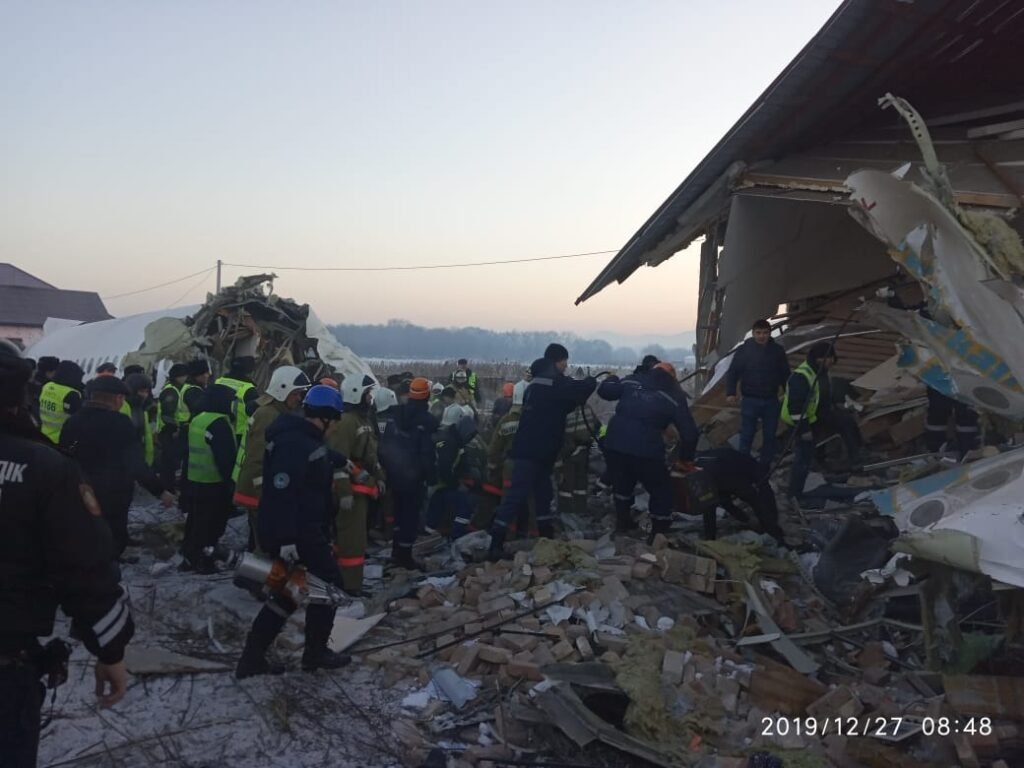
For two hours, the parties reviewed video from a reenactment, checking the pre-death statements of co-pilot Mirzhan Muldakulov.
Before he died, he managed to explain how, before takeoff, he and captain Marat Muratbayev inspected the aircraft and then checked it by hand in three places. The investigator conducted an experiment: she found two stand-ins the same height as the pilots — 171 cm and 175 cm — and asked them first to measure the wing’s length and width, then the distance from the wing to the ground, and finally to try to reach the wing’s leading edge.
In five out of seven points, the taller stand-in was able to reach the required spot.
While the prosecution’s evidence base was being reviewed, the defense twice spoke about the experts’ conclusions, which drew a response from the transport prosecutor participating online:
Your Honor! Please caution the defense. They should only speak after addressing the court. And another thing: you do not question prosecutors in court!
The judge declined and called a 15-minute recess. During the break, the clerk located in the case file a copy of a 2015 contract between Bek Air management and Almaty International Airport. The parties began studying its contents closely to determine who, de jure, was responsible for removing ice accretions.
According to the government commission’s report, on December 27, 2019, ten flights departed Almaty. Five were de-iced; five were not. Captains made their own decisions — to de-ice or not.
But what did the contract say?
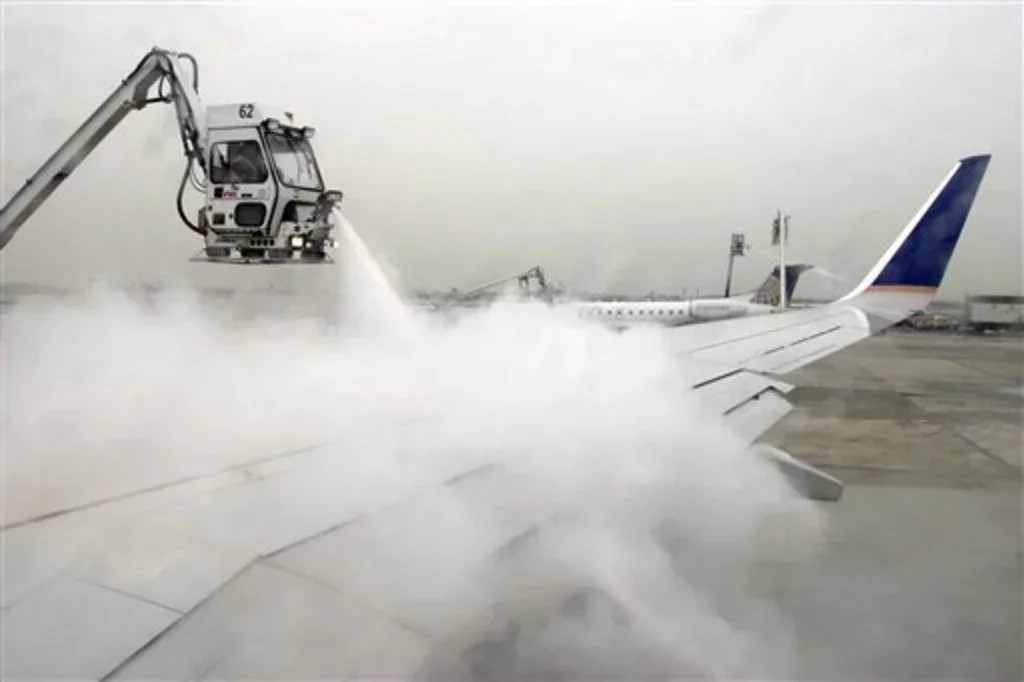
Unfortunately, the contract did not spell out this crucial point. It stated that the airport is responsible for the quality of ground-handling services provided, and the airline for timely payment. Both sides are responsible for the proper fulfillment of contractual obligations.
To tackle the contract and its addendum with fresh energy, the parties broke for lunch. On returning, they spent four hours clarifying each side’s rights and duties. Soon after, one defense lawyer fell ill and was excused. The remaining lawyer chose to listen to the prosecution.
The transport prosecutor read out the aircraft service checklist. It turned out that on December 27, 2019, the airport did not provide the airline with certain services. One of them was, quote, “inspection of the aircraft for the absence or presence of contamination to determine the need for de-icing fluid.”
That task should have been performed by the airline’s technical staff: first, a tactile check for snow deposits on the wings; after treatment with special fluid, an additional visual inspection. Only after that could the aircraft take off.
But since no such specialist was present at the time, pilots Muldakulov and Muratbayev made a visual judgment themselves as to whether there was ice on the wings. They decided there was not and did not order de-icing.
From the prosecutor’s remarks, we learned of the 2017 “Clean Aircraft Concept.” It states that an aircraft must always be kept clean because contamination degrades flight performance by increasing aerodynamic drag. The problem is that in such cases, pilots do not receive any aural warning about the deterioration in flight characteristics.
It is necessary to ensure that the aircraft’s surfaces — engine inlets, landing gear, pitot-static ports — are free of snow, ice, and dirt. A stepladder can be used to climb up and better inspect the aircraft’s surfaces, the prosecutor said.
If takeoff is postponed, the captain must ensure there is no precipitation on the aircraft’s surfaces.
The captain is responsible for deciding on de-icing after coordinating with technical staff, if available. And he bears full responsibility for its proper execution. He must obtain confirmation from ground personnel that all de-icing procedures have been completed.
Good Qualifications, Poor Health
Another item was the experts’ conclusions on the qualifications of the airline’s flight personnel overall and the pilots in particular.
Question to the expert: Did captain Muratbayev’s and co-pilot Muldakulov’s retraining meet the requirements for operating a multi-engine aircraft and for instrument flight? Answer: theoretical training was conducted with violations, which subsequently affected their level of professional preparedness.
According to the expert’s report, Captain Muratbayev, overall, completed practical simulator training at the required level and was authorized to serve as PIC on the Fokker 70/100 — unlike his co-pilot.
He did not complete practical simulator training to be authorized to operate a multi-engine aircraft and did not have an instrument rating. Yet he was cleared to fly by an airline order dated June 18, 2014, the prosecutor read.

The prosecutor voiced another investigative question to the expert: “Did the retraining of other Bek Air flight personnel on the new Fokker 70/100 type from 2014 to 2019 comply with ICAO and Kazakh regulatory requirements governing the training and retraining of aviation personnel?”
The expert’s answer was as follows (we do not name other pilots for ethical reasons):
In the absence of instrument flight training for the above-named pilots, it is recommended to formally limit the instrument flight qualification endorsements in their pilot licenses pursuant to civil aviation regulations and ICAO documents. It is also recommended that the authorized organization annul pilot D.’s qualification endorsements until training for operating the Fokker 100 is confirmed.
According to the prosecution, many pilot certificates were not supported by any permitting documents coordinated with the Ministry of Industry and Infrastructural Development of the RK.
The absence of 64 ARFF training certificates for 2018–2019 indicates weak oversight of flight-crew training by Bek Air’s management.
In violation of flight-safety requirements and governing documents on annual recurrent training, the crew’s readiness to perform their duties is in doubt — as is the completion of the overall training program and the right to receive certificates for the carriage of dangerous goods. The training of aviation personnel, planned by Bek Air’s management and conducted by the ‘Ultulga’ training center, was carried out with violations.
The airline’s instructor pilots had no authority to train pilots. All checks they conducted are considered illegitimate.
Perhaps the only positive finding in the experts’ report is that Bek Air’s examiner-instructors and heads of flight services had ICAO English Level 4 — there are six levels in total. Experts concluded the airline’s pilots had excellent command of radiotelephony phraseology, i.e., the standard commands used with air-traffic controllers.
Overall, the review of Bek Air’s personnel training found that, on most points, it did not comply with Kazakhstan’s regulatory acts and ICAO documents.
The airline’s management did not take proper part in the pilots’ training. This may be due to incompetence and personally low training levels. Pilot training was poor, which inevitably affected the development of an emergency or critical situation during aircraft operation,the prosecutor summed up.
The defense immediately countered that pilot authorization used to be issued by the Civil Aviation Committee, and now by the Aviation Administration of Kazakhstan.
The review, he said, concerned inspector checks that occur at every airline every two to three months. The defense asked the court to summon an independent aviation expert who could objectively, comprehensively, and clearly explain how airline personnel checks are conducted.
A bolt from the blue came in the form of a specialist’s report dated January 29, 2021, on the airline’s medical certification. It turned out that pilots most often suffer from conditions related to the circulatory system, digestive organs, nervous system, respiratory system, endocrine system, lymphatic vessels, and eyes. 20% were overweight.
Pilots lack responsibility for their own health and for timely treatment of illnesses, which does not ensure flight safety. They conceal illnesses, which is a direct threat to flight safety. The concealment was intentional due to fear of being grounded. Pilots with registered chronic cardiovascular disease are not on dispensary records at their place of residence. There are discrepancies between data from the Almaty branch of the Republican Health Center and Almaty hospitals, the prosecutor read from the expert’s conclusion.
According to the prosecutor, an aviation doctor hid inpatient treatment for seven out of ten pilots — a direct threat to medical flight safety.
While the prosecutor read the experts’ conclusions on pilot qualifications and health, the defense and the victim’s representative remained silent. But as soon as the court turned to the January 2020 forensic examination of deceased passengers, they spoke up.
Specialists determined that death resulted from multiple blunt-force injuries — including closed chest trauma, traumatic brain injury, and limb fractures — sustained while alive. Victims suffered ruptured lungs and livers. All experienced traumatic shock. According to the experts, the victims could have been subjected to 100- and even 1,000-fold overloads at the moment of the crash.
What troubles me first is the wording ‘as a result of the aircraft’s fall.’ A fall is when the flight is uncontrolled. Here we’re talking about a collision with an obstacle — a residential house. Second, the injuries the prosecutor read out are more typical of ordinary road accidents. If the victims had experienced such colossal loads, forgive me, there would have been nothing left but bloodstains. Perhaps the forensic examiner made a typo in his report? If not, I move to summon him to court so he can explain everything to us here,” the defense lawyer concluded.
Original Author: Zhanar Kusanova
Latest news
- Kadyrov Confirms Drone Damage to Grozny City
- Russia Temporarily Blocks Kazakhstan's Grain Transit, Threatening Flax Exports to Europe
- Assets of Businessman Dulat Kozhamzharov Seized Following Halyk Bank Claim
- Georgian Opposition Calls December 6 March Over Alleged Use of Chemicals at 2024 Protests
- Severe Smog Covers Oskemen
- Fire and Structural Damage Reported at Grozny City Tower Amid Drone Threat
- Pashinyan Says Foreign Influence Networks Exposed
- Kazakhstan-Based Lukoil Assets Could End Up in Hungarian Hands
- Strong Tenge Pushes Some Banks to Temporarily Stop Issuing Dollars
- Investigation Links Baimsky Project to Nazarbayev's "Wallet," Vladimir Kim
- Three Kazakhstani Nationals Arrested in Georgia Over Alleged 10,000-Ton Oil Theft
- Turkistan Region Contract for 100 Million Tenge Video Project Triggers Scrutiny
- Gennady Golovkin Becomes First Kazakhstani Honored by the International Boxing Hall of Fame
- Former Majilis Deputy Says She Was Stripped of Mandate After Criticizing Authorities
- Mangystau Authorities Investigate Death of Worker Who Fell Into Elevator Shaft
- Golovkin at World Boxing: How Kazakhstan and Saudi Arabia Are Building a New Power Structure in Boxing
- Taraz: Sentences Extended for Defendants in Group Sexual Assault Case
- Taliban Carry Out Public Qisas Execution After Teenager’s Family Killing
- CITIC Construction Responds to Activist’s Claims Over Almaty–Oskemen Highway Quality
- Kazakhstan Proposes New Law Tightening Control over Anonymous Channels

